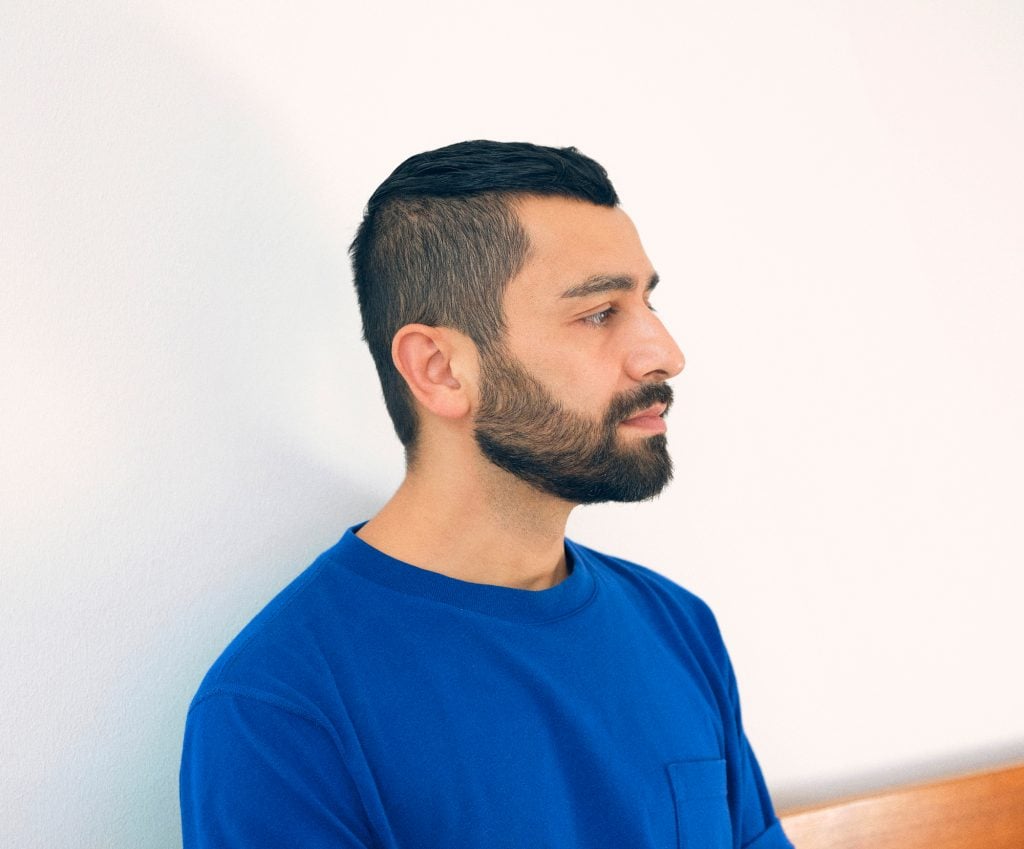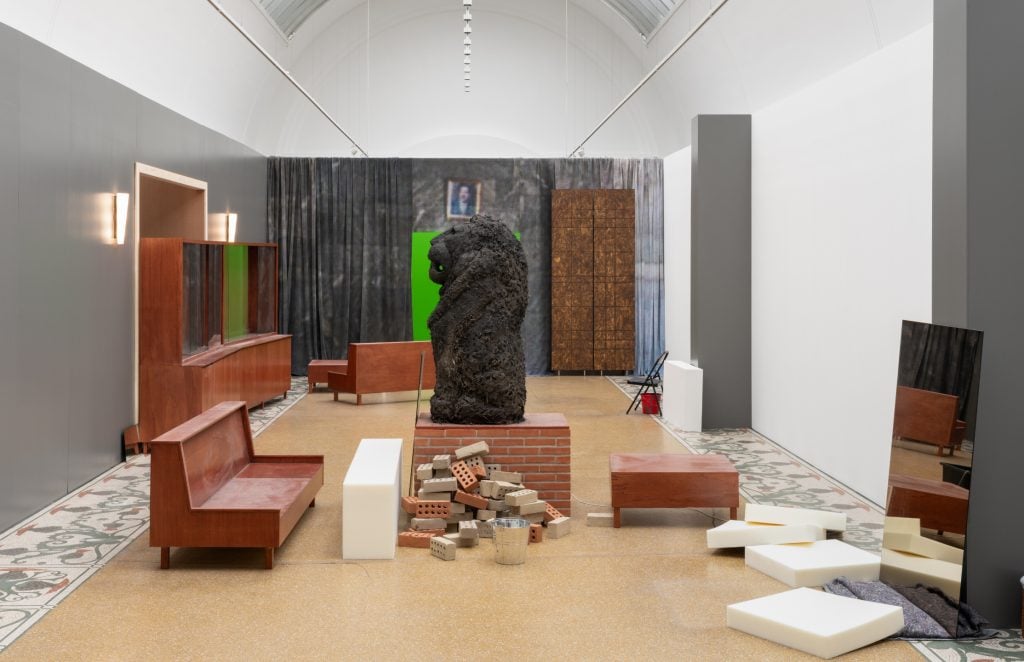Artists
Canada Names Poetical Iranian-Born Artist to Represent the Country at the 2026 Venice Biennale
Tehran-born artist Abbas Akhavan has been selected to represent Canada at the 61st edition of the Biennale.

Before the works on view at this year’s Venice Biennale have even been deinstalled, the art world is already looking ahead to the 61st edition in 2026. Canada is the first country to announce an artist for its national pavilion, naming Abbas Akhavan. Born in Tehran in 1977, his family emigrated to Canada during conflict in the 1980s and he now lives and works between Montreal and Berlin.
Akhavan is interested in interrogating the history of place, and as such is known for site-specific installations that incorporate a wide variety of media like video, sculpture, drawing, and performance. He is expected to respond directly to the Canada pavilion in Venice’s Giardini.
“Abbas’ work is shaped by the unique characteristics of the sites he works on, including the architectures, surrounding economies, and individuals who frequent them,” said Jean-François Bélisle, the director and CEO of the National Gallery of Canada, which commissioned the pavilion. ‘We look forward to supporting him in bringing this vision to life at the Canada Pavilion.”
In recent years, Akhavan has enjoyed solo shows at major international institutions including Chisenhale Gallery in London (2021), the Contemporary Art Gallery in Vancouver (2022), and the Ny Carlsberg Glyptoteket and Copenhagen Contemporary, both in Copenhagen last year. Towards the end of his Venice run, in November 2026, he will be the subject of a mid-career retrospective at the Walker Art Center in Minneapolis.
View this post on Instagram
At the Glyptoteket, Akhavan presented cast for a folly (2019/2022), an installation that takes as its basis a photograph of the lobby of the National Museum in Bagdad in Iraq after it was looted in 2003. In this re-staging, items are replaced by strange or semi-dismantled replicas like the abandoned basalt Assyrian lion sculpture, here made of cob.
“What stayed with me in the case of this image was this quality of not destruction but disarray or mismanagement or misplacement of furniture,” explained Akhavan. “It was a witness to how furniture was being used to block entrances to the greater museum and foam was placed in front of a large sculpture of a lion so if it is pushed over it wouldn’t break.”
The artist selection committee for the 2026 pavilion includes Julie Crooks, a curator at the Art Gallery of Ontario; Léuli Eshrāghi of the Montreal Museum of Fine Art; Crystal Mowry, the director of programs at the MacKenzie Art Gallery; Daina Warren of Emily Carr University; and Pan Wendt, a curator at the Confederation Center of the Arts. In a joint statement, they described Akhavan as “a meticulous artist and thinker for whom the site of an exhibition becomes both a proposal and provocation involving the staging of relations between materials, memory, and place.”

Installation view of Abbas Akhavan’s “curtain call” exhibition at Glyptoteket in Copenhagen. Photo: David Stjernholm.
“Whether invoking the ruins of ancient statues destroyed during geopolitical conflicts or exploring the stated idealism of gardens and other domesticated spaces, Akhavan’s sculptural environments set the natural world in uneasy balance with the valorization, exploitations, or indeed indifferences of contexts, systems, and projections all too human in origin,” they added.
Canada is currently being represented at the 60th Venice Biennale by Kapwani Kiwanga until November 24. She also adapted her installation to create an immersive environment within the Canadian pavilion’s space, a modernist building from 1957 made of brick with exposed beams and glass.
“There are no right angles, there is no cube,” Kiwanga said of the pavilion last spring. “You cannot just bring any project into that space.” Rather, she played to the building’s lack of clear boundary between inside and outside. “You never have a feeling that the garden is not there as with other pavilions, you cannot walk into it and be in another moment,” she said. “I figured that I would roll with that effacement.”
The 61st Venice Biennale is expected to open to the public in April 2026.





